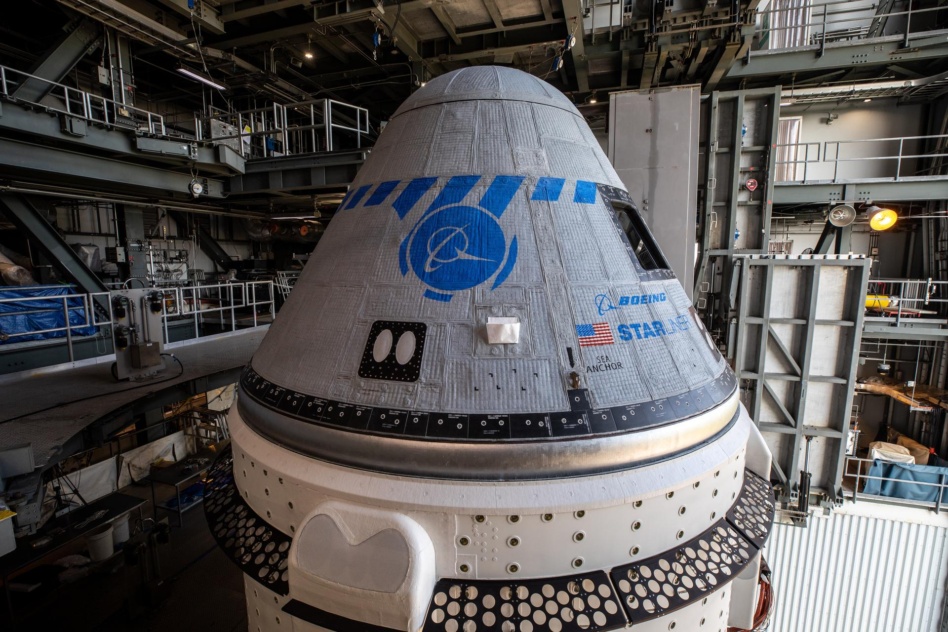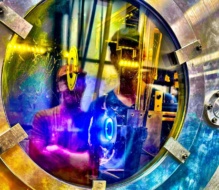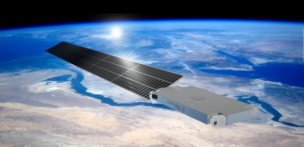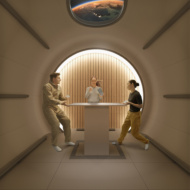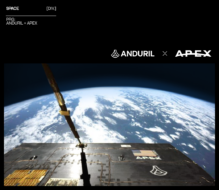Starliner is finally ready for its maiden mission—seven years after the capsule was expected to make its first flight.
NASA and Boeing officials shared their plans on Friday for the first crewed test flight of Boeing’s Starliner capsule, which could become the second human-rated orbital vehicle operating in the US, and the fourth in the world, alongside SpaceX’s Dragon, Russia’s Soyuz, and China’s Shenzou.
Mayday! The first crewed mission is expected on May 1, after traffic at the ISS delayed it from late April. Astronauts Butch Wilmore and Sunita Williams will put the Starliner through its manual maneuvering paces on the way to the ISS before spending eight days in orbit at the national lab, then returning to Earth with a few more demo exercises along the way.
The original flight test was due in 2017, which gives you an idea of how Boeing has lost more than $1.5B on the Commercial Crew project once dubbed the space taxi. The long-delayed contract has been one of NASA’s most controversial public-private partnerships and prominent among Boeing’s list of troubled tech development programs.
After a successful uncrewed flight to the ISS in 2022, Boeing hoped to see Starliner carry astronauts last year. However, issues with the vehicle’s parachutes required modifications and new tests, while technicians also had to remove more than a mile of flammable wiring tape from inside the capsule.
Cert check: If all goes according to plan, NASA could certify the vehicle for regular operations by the end of 2024, allowing it to finally go into service carrying astronauts to the ISS as an alternative to SpaceX’s crew Dragon, which began regular service in 2020 and cost NASA about half as much to develop.
Beyond the six missions on Starliner’s NASA manifest, the Boeing vehicle’s future is not clear. The aerospace giant is part of the Blue Origin-led Orbital Reef consortium, which aims to build and service a LEO space station, but it’s not clear how much Starliner figures in those plans. Without the Atlas rockets Starliner is designed to fly on, Boeing and any new launch vehicle partner would need to invest in new engineering work ahead of future private launches.
